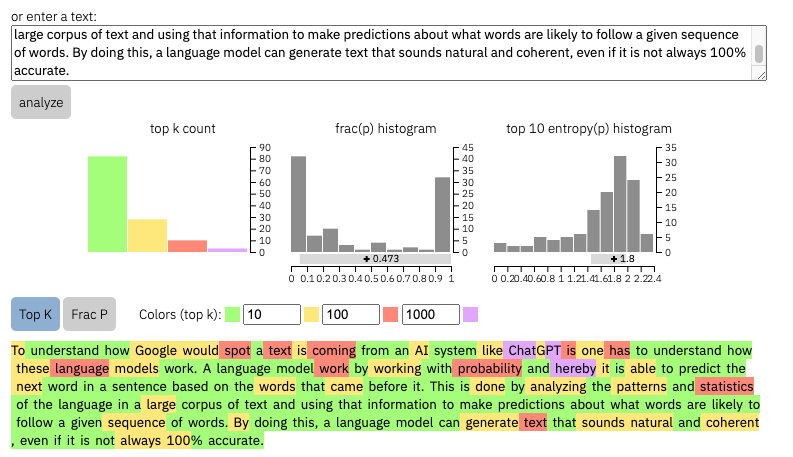
As 2023 progresses, artificial intelligence is increasingly dominating the landscape. Topping off this wave of AI innovation is OpenAI’s ChatGPT which has gone viral. In fact, there have been reports of students attempting to pass their college exams and assignments with nothing more than ChatGPT. As such, countermeasures are vital to detect machine-generated text like DetectGPT, which was specifically designed for this purpose.
Meet DetectGPT
Stanford’s research team has just unveiled a brand-new technique named DetectGPT that seeks to fight against the utilization of “generated texts” at universities. This innovative method takes advantage of specific properties found only in text generated by major language models, thus earning it the nickname “Anti-ChatGPT.” With this cutting-edge development, students can rest assured that their academic integrity is protected from potentially malicious automated texts.
By utilizing the DetectGPT approach, there is no need to train an artificial intelligence or gather massive databases of text for comparison. This “zero-shot” method permits DetectGPT to detect machine-typed content without any prior knowledge regarding the AI used in producing it; it focuses strictly on analyzing inherent characteristics within the written material created by artificial intelligence.

There Is a Need for Systems to Detect Artificial Intelligence
Today, DetectGPT and other similar tools are quickly becoming a requirement due to their convenience. As the utilization of major language models increases, the significance of reliable systems for interpreting machine-generated text grows all the more crucial.
The potential of DetectGPT to impact many areas is undeniable, yet its scope is limited. As artificial intelligence products become ever-more present in our lives through both written and visual/auditory mediums, there exists the risk that some may use these technologies for malicious purposes – making systems like DetectGPT even more critical to protect against them.




